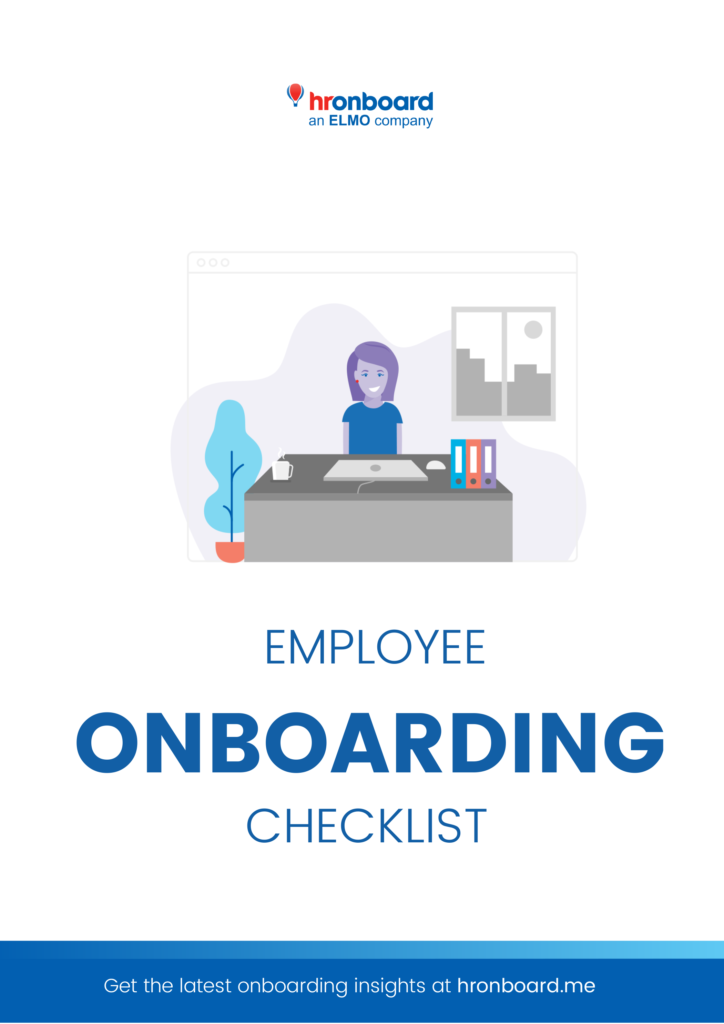Employee engagement is a hot topic in HR circles, and for good reason. With recent studies drawing the link between employee engagement and business performance results, the importance of having an engagement strategy in place is becoming more and more apparent.
Because engagement is defined as a feeling rather than an easily quantifiable metric, many HR professionals are faced with the challenge that comes with trying to measure the success of their engagement strategy. We have put together a list of 6 methods that you can use to help measure the success of your workplace engagement strategy.
Absenteeism and Employee Turnover Rate
Unsurprisingly, the most engaged employees show up and put in the effort. Despite being a lag indicator, absenteeism and turnover rates provide useful insight into the employee experience in your workplace. The latest market research suggests you should aim for an annual employee turnover rate of 10% or less, with a score lower than this indicating there are specific departments or managers that need attention to improve the employee experience. Engaged employees show up, and are present in every sense of the word.
Employee Net Promoter Score (NPS)
Initially used to measure customer satisfaction, net promoter scores have been adopted internally by employers to gather the same information from their employees by asking this simple question: “How likely is it that you would recommend working at our company to a friend or colleague?”
Generally, the question is answered on a scale from 0 to 10, with anyone answering 0 to 6 considered a detractor, 7 and 8 considered passive, and 9 to 10 respondents considered promoters.
Calculating your NPS is as simple as subtracting your percentage of detractors from your promoters.
A negative score indicates that more employees said they would not recommend someone to work at your company, whereas a positive score indicates high levels of engagement, with more people recommending your company as an employer of choice.
Employee Engagement Surveys
Unlike absenteeism rates, employee surveys are a leading indicator, and provide insight into self reported engagement levels. The cadence of the surveys can vary, but it is generally a good idea to perform them on a frequent basis. The use of surveys enable HR teams to ask tailored questions about the employee experience, such as:
- How valued do you feel as an employee?
- Are you proud to be a member of your team?
By performing surveys frequently, you are empowered to benchmark your results against other companies in your industry. Furthermore, you can compare your progress to historical data and compare business units, both important tools in identifying the successes and threats in your engagement strategy.
Encouraging employee engagement can feel more like an art than a science – but measuring the results does not have to be hard. These simple metrics can help ensure you are on the right track to achieving a highly engaged workplace.
For more ideas on how to engage and measure employees throughout their onboarding journey – download our free Onboarding Checklist.

